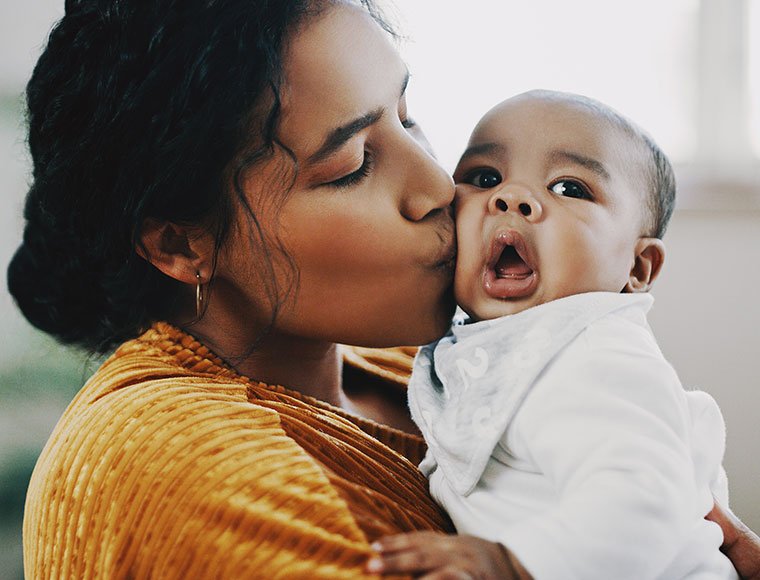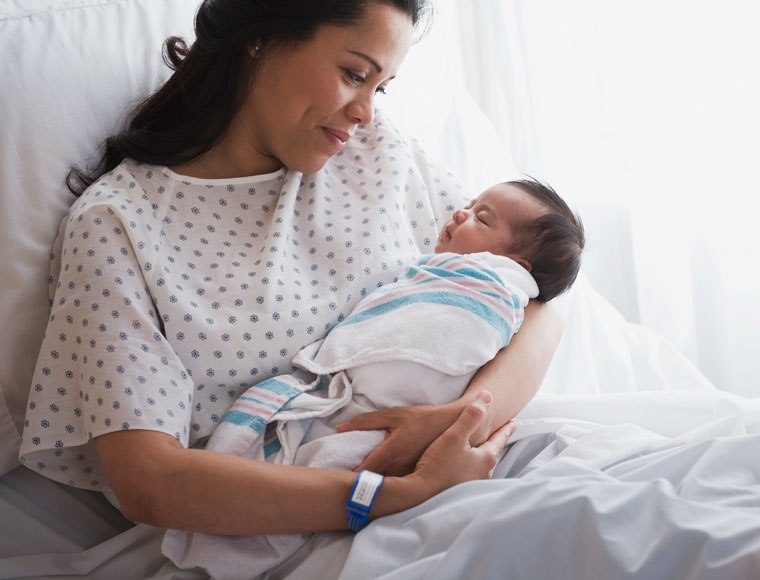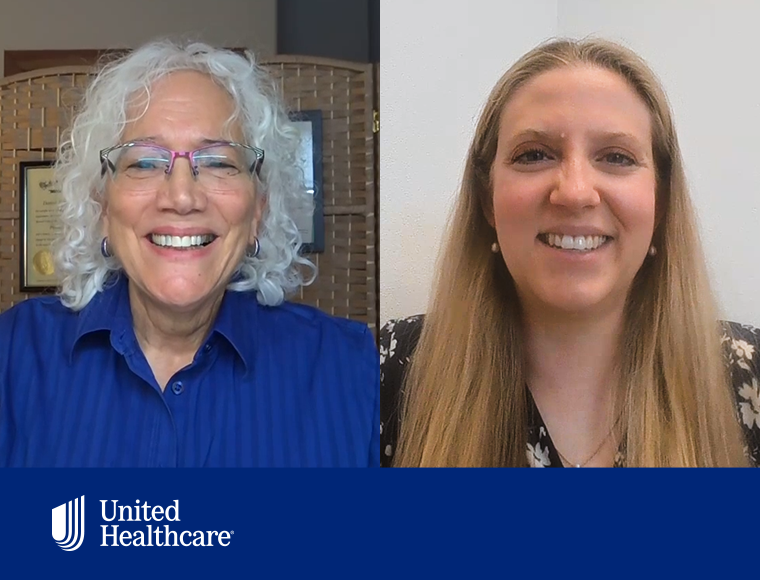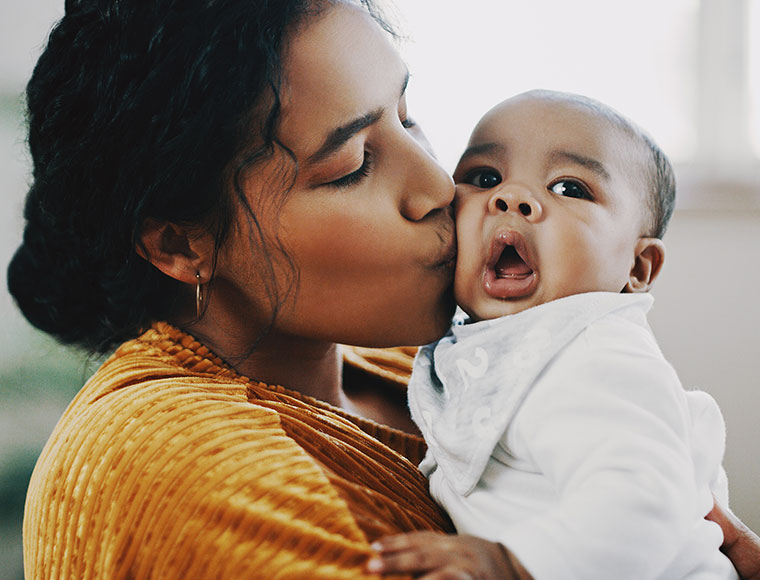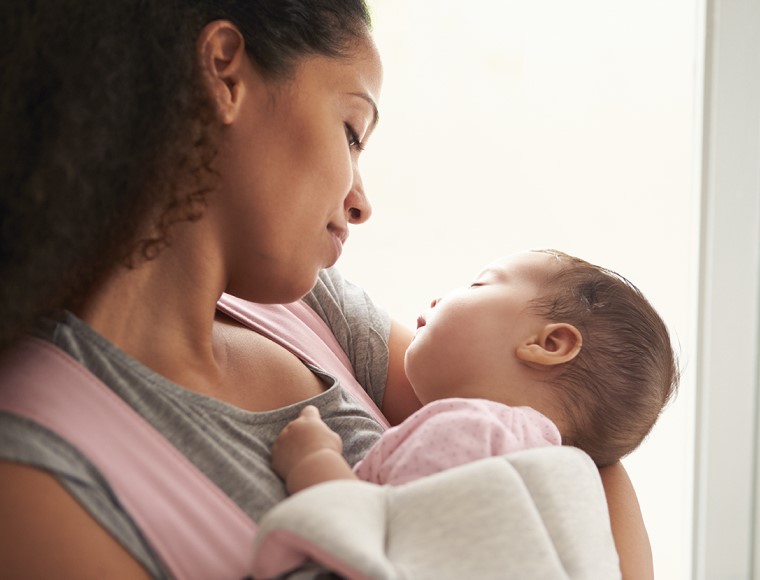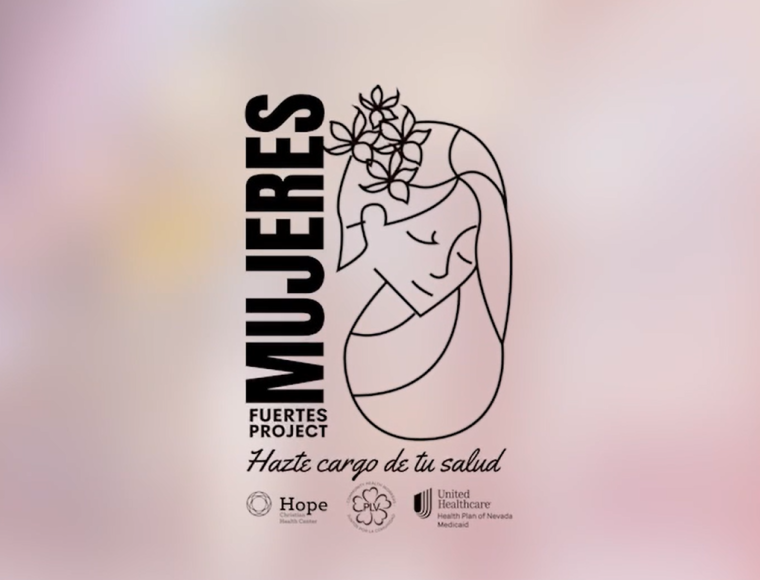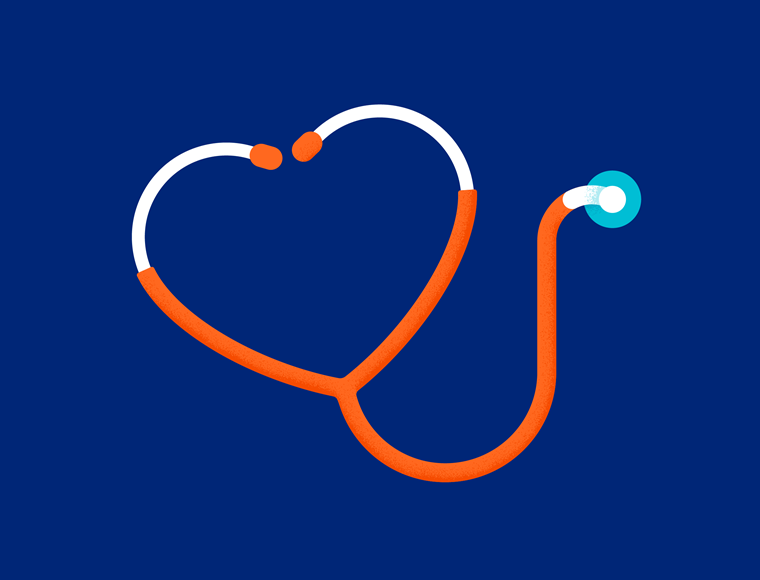Medicaid covers nearly half of all births in the U.S. It has been the primary source of health coverage for low-income, pregnant individuals for several decades, providing care throughout the birthing process.
In this video, UnitedHealthcare Community & State leaders explore how Medicaid supports beneficiaries and cares for them before, during and after pregnancy. The video also discusses how Medicaid can improve outcomes for both the pregnant individual and their child.
Test yourself! Take the Maternal Health knowledge quiz.


